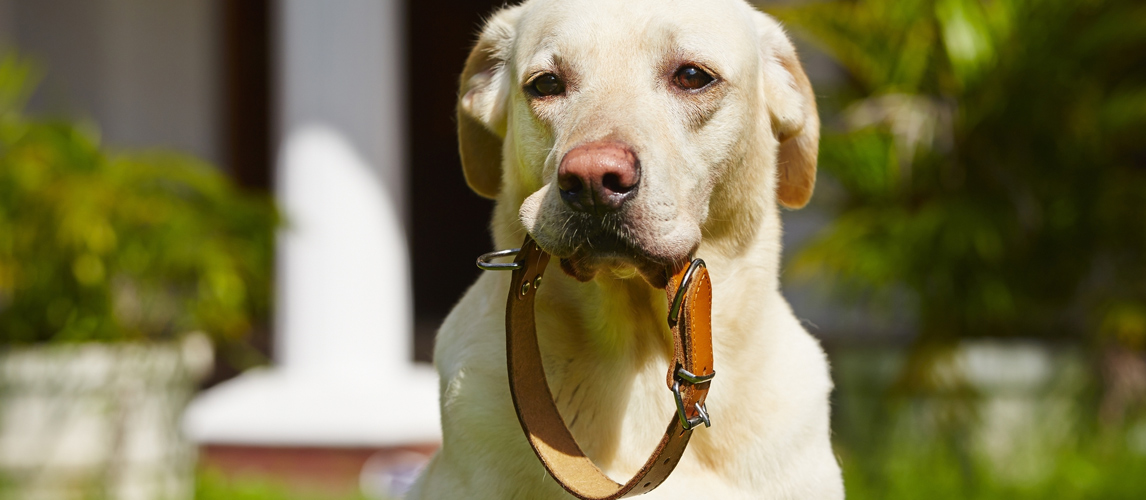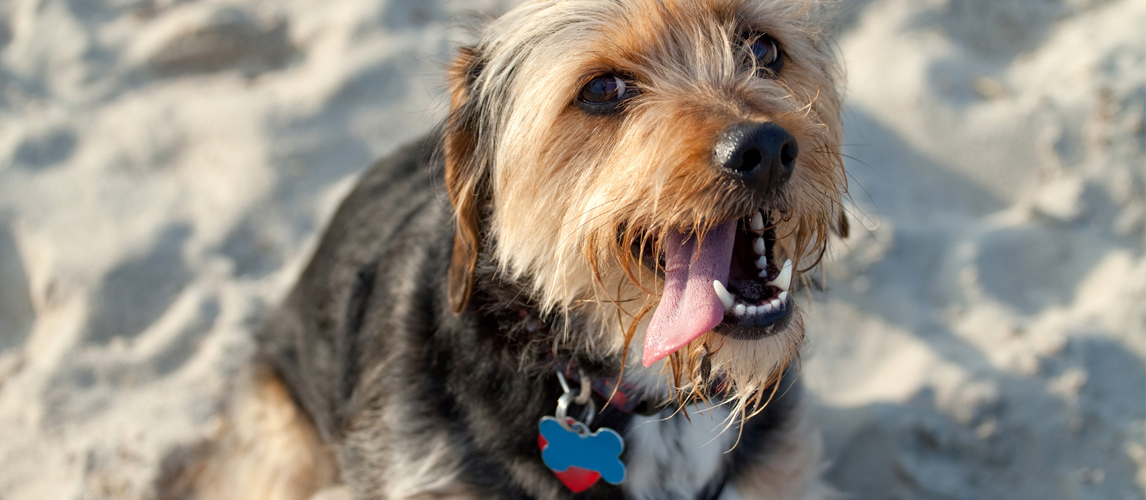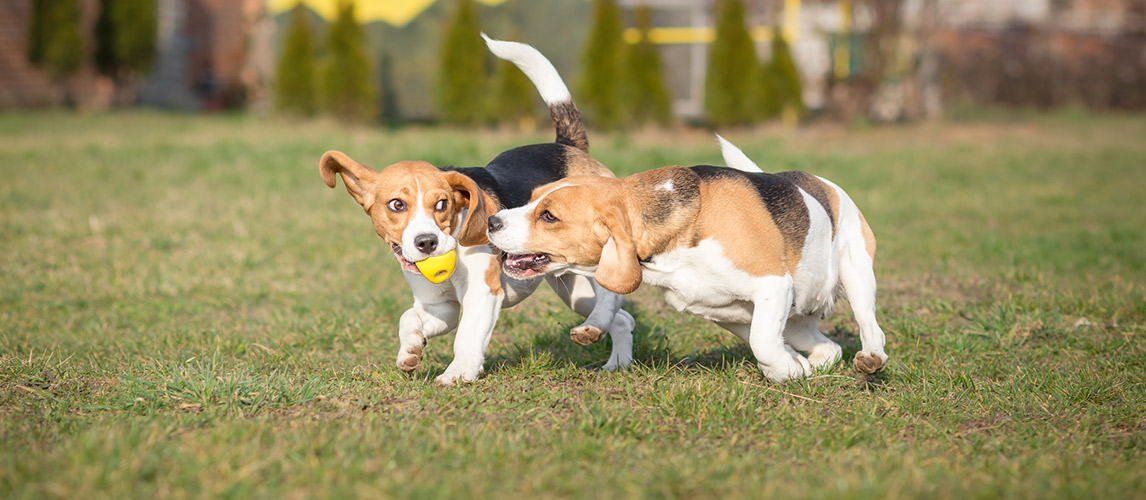There is no doubt that the white balls of fluff known as the Samoyed dog breeds are a sight to behold. Match this up with their gentle and friendly personalities and it is easy to see why they are so beloved. But before you get any breed of dog, it is worth knowing as much as possible about them – and this is exactly what we will look to provide you with in this guide.
Their distinctive coats developed from their years of living in some of the coldest conditions in the world where temperatures could drop all the way down to minus-60 degrees. Originally, they would have had all sorts of responsibilities such as hunting, hauling sleds, and herding reindeer. While they can be very independent-minded, they still retain their friendly and gentle personalities.
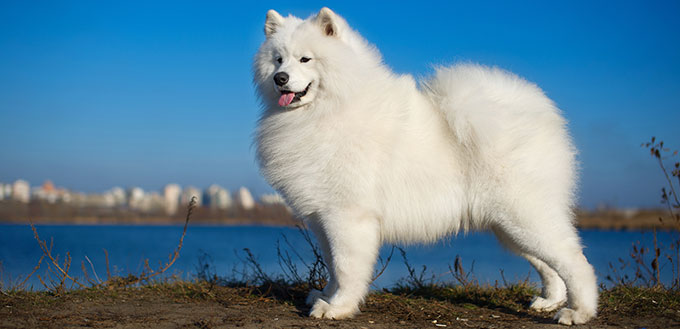
History of the Samoyed
The unusual name Samoyed comes from the Samoyede people who people who migrated from Asia to Siberia. These dogs were bred to do tough jobs in some of the most extreme conditions on planet earth. Their original semi-nomadic owners would shelter in tents and cuddle their canine companions for some much-needed warmth. Some of the jobs that they were bred for include pulling sleds across the snow, hunting, and watching their owners. Originally reindeer was one of their main prey, but their responsibilities turned more towards herding them over the years.
It was Arctic explorers who first brought the dogs over to England. They attracted royal interest and Queen Alexandra of Denmark did much to promote them as show dogs. Soon, they were introduced into the US, and they were registered into the American Kennel Club in 1906.
Quick Facts
- Samoyeds were present with Roald Amundsen on his successful journey to the South Pole back in 1911.
- As well as their white, fluffy coats, Sammy Dogs are also known for their winning smiles, which are pretty much impossible to resist!
- Known for their good natured dispositions, Samoyed are loving members of their families and are especially good around children.
- This is a dog who doesn’t like to sit around, so you need to be on hand to entertain your pooch a lot of the time.
Things You Should Know
Before you get a Samoyed, there are a few things that you should know regarding how to take care of them successfully. We have split these points up into a few key areas to help you.
Training
Training your Samoyed is not going to be the easiest task in the world. While they are clever and quick learners, you need to keep them stimulated and engaged. Otherwise, they will quickly lose interest in proceedings. Repetition is not going to work with them. Activities such as tracking and agility can prove to be useful techniques to follow.
Related Post: Dog Agility Tunnel
Another useful activity for Samoyed dogs is socialization. Essentially, this is the process of teaching your dog to get on with other dogs and humans. This should be done at an early stage in life to ensure that the techniques are carried through into the future. The process of socialization involves exposing your dog to a range of different environments, people, sounds, smells, and other animals. Without this exposure, it is very easy for your dog to become overly shy and timid.
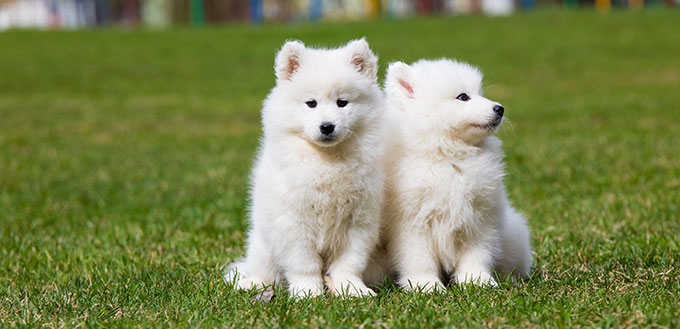
Feeding
High-quality dog food is important in the health and wellbeing of your Samoyed dog. Samoyed dog puppies should be offered food that is going to contribute towards their steady growth – namely nourishment that is high in quality and low in calories.
Make sure to measure the amount of food that you are offering to stop your dog getting overweight. You can feel around their stomach area if you suspect that they are starting to pile on the pounds. You need to react accordingly as obesity is a dangerous state for dogs to get into.
Grooming
The ultra-thick white coat is the defining feature of the Samoyed. In winter, you will notice that it is so dense that you can hardly see their skin during this time. When the warmer months of the year roll around, you will notice that this will shed heavily. If you know any professional clothes-makers, this can be spun into beautiful warm clothing!
While your dog may be very pretty to look at, their coats are inevitably going to present a host of challenges when it comes to grooming them properly. You need to brush your dog’s coat diligently. Otherwise, it is highly likely to tangle and mat. Leave these for too long and they can become painful. During Samoyed shedding season, you can expect to find white fur everywhere unless you keep up with their grooming.
The amount of grooming that you have to do can seem daunting at first. Daily brushing is necessary during shedding season. At other times of the year, you should still brush your pooch a couple of times a week. Expect to bathe your dog once every couple of months or more often if they roll in something stinky as this is likely to hang around in their long, thick coats. Expect to set aside quite a long time to bathe your Samoyed. Soaking the coat all the way through, rinsing out the pet shampoo, and allowing everything to dry can take a long time. Many owners decide to go down the path of getting a professional groomer. While this is expensive, it helps to reduce part of the large task that you have to maintain your dog.
You should brush your dog’s teeth on a regular basis – daily if you really want to prevent periodontal disease. Make sure that you use a toothbrush and toothpaste that are specifically designed for dogs. You should also trim their nails once or twice a month. You need to do so carefully as you can cause bleeding if not. When you are grooming your dog, check their ears for waxy buildups or bad smells that can signify that they have become infected. Never insert anything into their ear canal.
If you decide to bathe your pet yourself, take a look at some of the best dog whitening shampoos, and make sure that your pooch stays white and fluffy.
Health
Generally, Samoyeds are healthy dogs, but they are also prone to health complications. You should expect to see health clearances if you are getting one of these puppies from a breeder. Glaucoma is one possible condition that can arise, causing vision loss and pain. And then you have the issues around their bones and joints such as hip dysplasia and patellar luxation. Regular trips to the vet and scheduled checkups can help you to keep on top of any issues that they may be suffering from.
The coat of the Samoyed makes them a natural fit for colder climates. If you live in a warmer part of the world, you need to be more careful as their thick coats can be sensitive to heat. Avoid allowing them to work out too strenuously during the heat of the day. Instead, confine the majority of their physical exertions to the beginning or end of the day when the temperatures are cooler.
When you get a new Samoyed puppy, you need to take particular care to keep on top of their potential health issues. Between the ages of four and seven months, they tend to grow very quickly, which can make bone disorders and injuries more likely. Be careful with allowing your puppy playtime on hard surfaces as their joints are not fully formed yet. Similarly, you need to be wary about allowing them to jump up too high.
Daily exercise requirements are not excessive with Samoyed dogs, though you will have to ensure that you provide them with enough physical stimulation. If not, this is another factor that can commonly result in them become a nuisance in the home. When you are choosing physical activities to engage in, you should do your best to make them interesting and engaging. Keep their toys on a rotation and it will help them to seem like new once you bring them out again. Remember that this breed has a strong independent roaming urge which can easily get out of control unless you keep a close eye on your pooch.
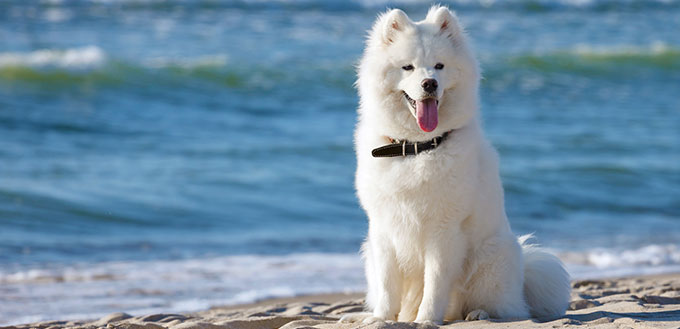
Temperament
Happy and good-natured are a couple of terms that can be used to describe Siberian Samoyed dogs. They are known to form close associations with their human companions, and this is behavior that can be traced back to their relationships with their original semi-nomadic owners. As well as protecting them against predators, they would have played with the children and kept them warm in the freezing conditions. Today, they are intelligent family dogs. While they may favor one member of the household the most, they are usually affectionate with everybody. This is a dog who loves company, so don’t risk making them miserable by leaving them alone for too long at a time.
While they have the positive Samoyed temperament of being friendly and smart, they can also be very difficult to own. Firstly, they can make a lot of noise as they tend to howl or bark to express their emotions. If you don’t keep them occupied, they are likely to make even more of a racket to keep themselves amused. Or they can also engage in problematic and destructive behavior such as digging in your garden, getting into the garbage, or chewing up your possessions. Due to their history, they have strong hunting instincts. These can be tough to train out of them, and you should be especially careful if there are any small critters around for them to chase.
Active white Samoyed dogs are better in environments where they have the room to bound around, which means they are not really suitable for living in apartments. Even if you have the perfect environment, you still have to work hard to keep your dog entertained and engaged. If they become bored, it is much more likely that they are going to engage in nuisance behavior like digging or barking noisily.
You need to bear in mind that there are hunting dogs who were originally bred to catch all sorts of smaller creatures. While they can coexist with cats and other smaller animals in your household, you need to train and socialize them properly. They are generally not too aggressive and can get on with other dogs. This is even more likely if they have been raised with pets from a younger age. It can be tougher to introduce new animals into your household at a later date.
Samoyed dogs often love playing with smaller children, but the Samoyed size can prove to be too big and could easily knock over toddlers if not properly supervised. When your kids are old enough, you should always teach them the correct way to touch and play with dogs to ensure a harmonious relationship for everyone involved.
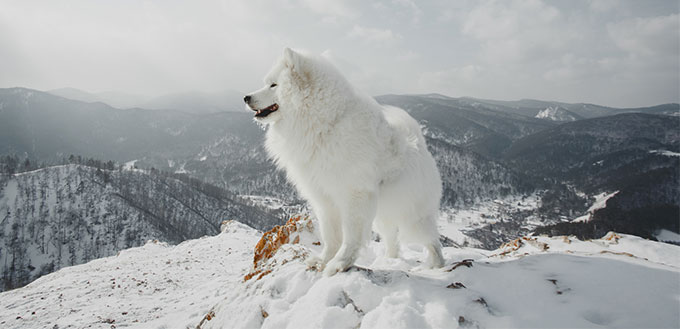
Final Thoughts
Loving and loyal, it is hard to see that anyone would not have a smile on their face after encountering a Samoyed. However, this is not the canine companion for everyone. First of all, they need plenty of companionship and mental stimulation. The Samoyed personality is better off suited to houses with yards rather than apartments, where they can easily feel cooped up and will start making a nuisance of themselves. Also, their beautiful coats require a huge amount of upkeep to keep them in the very best condition.
There are plenty of Samoyed dogs out there in need of adoption, but you need to know what you are letting yourself in for before getting one. Otherwise, the responsibilities can prove to be quite overwhelming. If you are going to get your dog from a breeder, you need to make sure that they are reputable and can answer all of the questions that you pose with appropriate answers. If you can meet the parents, this is always going to provide you with a little more useful information that can prove to be helpful.
Related Post: Samoyed Puppies for Sale
More Pet Product Reviews
Dog Dryer
Dog Toothbrushes
Dog Shedding Brush
Dog Grooming Clippers
Dog Dental Spray
Sources:
- Genetic Diversity Testing for Samoyed, UC Davis Veterinary Medicine
- Samoyed, VetStreet
- Samoyed, VCA Hospitals



